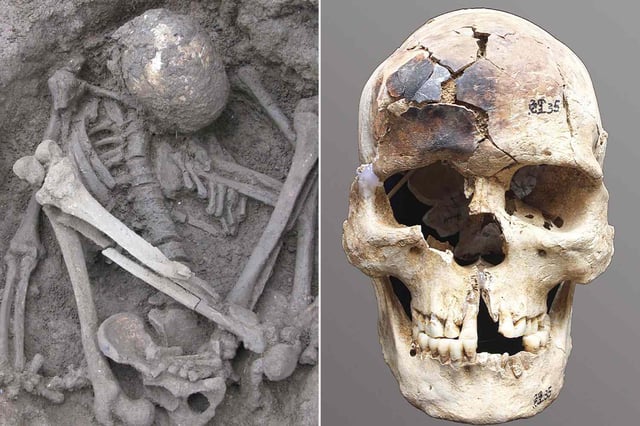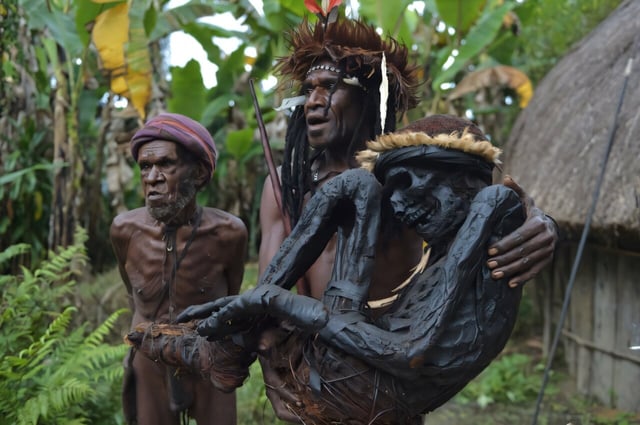Overview
- A PNAS paper dated September 15 reports human remains 4,000–12,000 years old in southern China and Southeast Asia preserved by smoke-drying.
- Laboratory tests, including X-ray diffraction and comparative bone analyses, show mostly low-temperature heat exposure inconsistent with cremation.
- Burial sites across China, Vietnam, the Philippines, Laos, Thailand, Malaysia and Indonesia include tightly crouched or squatting postures with occasional charring or cut marks.
- The oldest burials predate the Chinchorro mummies of northern Chile and the better-known Egyptian examples.
- Lead author Hsiao-chun Hung says the team plans to investigate older Asian sites to assess whether the practice reaches even deeper into the past.

